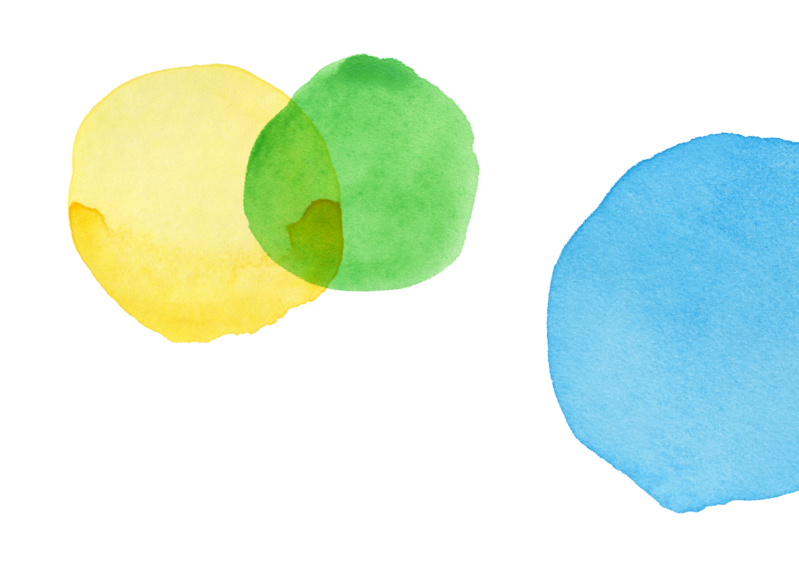Grade 4 - Claim 2 - Target 1a

 Back to Results
Back to ResultsEnglish Language Arts
Target 1a
Write Brief Texts
Sample Item
Grade 4Test
Claim 2
Writing
Standards
W-3a
Orient the reader by establishing a situation and introducing a narrator and/or characters; organize an event sequence that unfolds naturally.
W-3b
Use dialogue and description to develop experiences and events or show the responses of characters to situations.
W-3c
Use a variety of transitional words and phrases to manage the sequence of events.
W-3d
Use concrete words and phrases and sensory details to convey experiences and events precisely.
W-3e
Provide a conclusion that follows from the narrated experiences or events.
Clarifications
Items for this target must have a setup (Lead-in) that states audience, purpose (narrative), and context/task. Organization items focus on the student’s ability to compose a text by providing beginnings, transitions, and/or endings appropriate for...
Range Achievement Level Descriptors
Evidence Required
Evidence 1
(Organization) The student will use information provided in a stimulus to organize narratives that engage and...
Evidence 2
(Elaboration) The student will use information provided in a stimulus to develop well-developed narratives that apply...
Item Guidelines

Depth of Knowledge
W-DOK3
Level 3 requires some higher level mental processing. Students are engaged in developing compositions that include multiple paragraphs. These compositions may include complex sentence structure and may demonstrate some synthesis and analysis. Students show awareness of their audience and purpose...
Allowable Item Types
- Short Text, constructed response (WR)
Stimuli
Passages
Stimuli for this target will be brief narrative texts (@ 150-200 words); stimuli for target 1b can be shorter, not exceeding 150 words. Appropriate stimuli for this grade could include a student’s short story, a narrative of a family trip, a...
Text Complexity
The stimulus must be appropriately complex for the skill being assessed. The stimulus must be consistent with the purpose and intent of the target and standard being measured. The stimulus will read as would authentic student writing for the targeted grade....
Accessibility
Students will be required to read brief narrative texts (150 - 200 words) and write one or more paragraphs. Students with physical impairments may need to use an adapted mouse or a computer with...


Task Models
Task Model 1

Item Types
Short Text, constructed response (WR)Depth of Knowledge
W-DOK3
Target Evidence Statement
(Organization) The student will use information provided in a stimulus to organize narratives that engage and orient the reader by providing an opening that establishes a situation providing an opening that introduces a narrator and character(s) organizing narrative with a sequence of events...
(Elaboration) The student will use information provided in a stimulus to develop well-developed narratives that apply narrative techniques such as
-
including dialogue to convey events/experiences
-
including concrete words and phrase and sensory details to convey events/experiences
-
using precise language to narrate events
-
Task Description
The Lead-in will provide information about the stimulus and the composing task. The Stem will explain how the stimulus information is to be used (e.g., compose a story beginning; develop details within the body...
Stimulus
Text should be grade level, as if written by a good student. Text should be a model of good writing. Text will be information that the student will use in composing a narrative. Complexity...
Appropriate Stems
ORGANIZATION ITEMS LEAD-IN: A student is writing a [story] for the [teacher/class, etc.] about <topic>. Read the draft of the [story] and complete the task that follows. [Insert stimulus @ 150-200 words] STEMS: The student’s [story] does...

